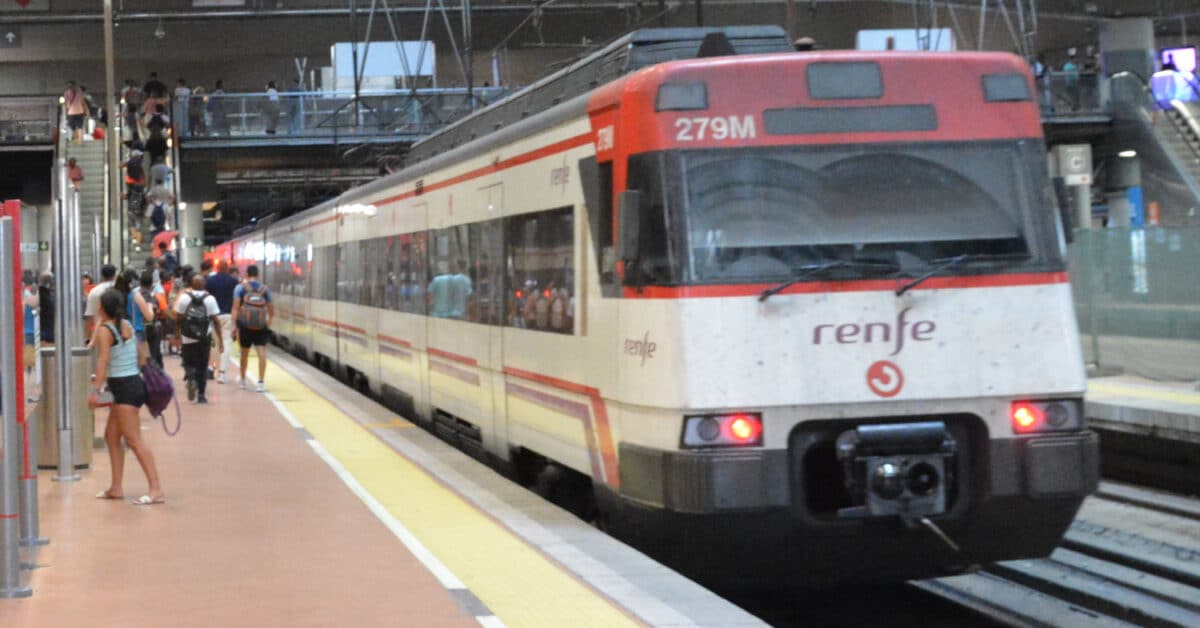The most used Cercanías line in Spain, Madrid’s C-5, will once again increase the number of trains from 16 September.
This improvement will compensate for the reduction of the line, which since last Saturday has had an interval of 15 minutes at weekends (compared to the usual 10 minutes) and in the weekday rush hour has gone from 4 to 7 minutes of waiting time (43% more).
As Renfe has informed Trenvista, frequencies will be improved again on 16 September, although they will not be the same as they have been until now. Every day, as can be seen in the Cercanías timetables, during the morning rush hour there will be a train every 6 minutes. In the midday and evening rush hour the 8 minutes will be maintained.
On the weekend of 20 September, trains will once again run every 10 minutes for most of the day.
From 22 September, on working days, trains will run every 5 minutes in the morning rush hour and every 7 minutes in the rest of the day. In the three time slots, a one-minute wait will be added to the timetables that have been reinforced since January due to the works to bury the A5 dual carriageway.
Saturation, a possible reason for the adjustment of timetables
In its response to Trenvista’s query, Renfe indicates that when it began to build the A5 underground, the supply of Cercanías services was configured on the basis of a forecast demand, which has been adjusted during these months to the real existing demand. [On the other hand, rail transport requires an operating margin to ensure the continuity of the service in the event of any unforeseen event. In this context, and on a one-off basis last weekend and next weekend, the frequency of service will be 15′. Given that demand in the first weeks of September is similar to that of July, services on this line will be increased again from 16 September.
Furthermore, it indicates that the current peak hour frequencies have been in force during the months of July and August, although there are users who claim that in the summer period the 4-minute wait in the morning peak hour was maintained.
An Adif worker explained that these frequencies have caused saturation problems on the line. Despite the LZB system, the line’s capacity still depends on the traditional cantons.
It is common that, with these frequencies, trains have to run for a long time in stop announcement. This means in a position to be able to stop at the next signal, which could order a stop. As a consequence, travel time increases and the carrying capacity of the line is reduced.
Moreover, as the line is at the limit of its capacity, any incident on a train paralyses the rest of the trains on the line, as happens on metro lines. Traffic jams also exist on the trains, hence the operating margin that Renfe is talking about.
Therefore, although Renfe has not confirmed it directly, it is possible that a train every 5 minutes offers a better service than one every 4 minutes, since the circulation is more fluid.
